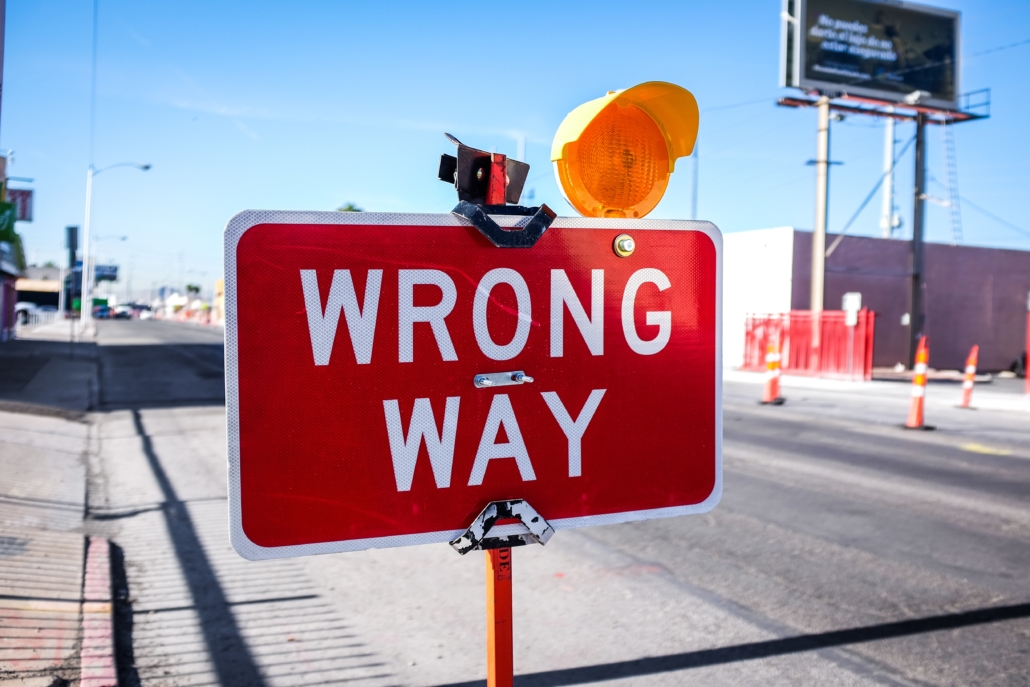
Both these speakers began their speech with a similar attempt at humor to grab the audience’s attention, referencing an event that happened in late 2016, but a small difference speaks volumes to their contrasting attitudes. This small difference shows why Samsung has fully recovered while Wells Fargo continues to falter.
Problems can happen in even the best-run company. Pixar, Amazon, GE – all have experienced problems. This post isn’t about preventing problems (although many of these – particularly Wells Fargo’s problems – should have been avoidable). Instead, it’s about what to do once it happens.
Wells Fargo’s approach has been to blame and fire the bad apples, initially front-line employees and middle managers. However, as problem after problem after problem occurs, that list of problem employees gets pretty big, and as a result, two CEOs have been fired.
Blaming bad apples is an appealing strategy. It feels way better than taking responsibility, but it’s inherently flawed. It doesn’t lead to any real change as Wells Fargo continues to demonstrate.
Contrast this to Samsung’s approach. Lawder wasn’t defensive. He didn’t blame a supplier, even though he could have. He owned that Samsung made a terrible mistake and went on to explain how Samsung reacted in a way that made the company better. He called the event a catalyst. It forced Samsung to look at itself, and the company realized they were too slow to react. The fact that they didn’t have a relationship with their customers exacerbated the problem.
Note the language here. Not “consumer.” Not “end user.” Customer. That’s incredibly rare for most manufacturers, who reserve the word “customer” for their retail partners. Walmart and Amazon are most retailers’ customers – not the people who actually buy the product. They’re consumers. There’s an old saying (I can’t find the source): “A consumer is a statistic. A customer is a person.” It’s a quote I’ve always enjoyed, and it applies here. By using the term customer to refer to the buyers, Samsung makes them human. Other manufacturers should consider this approach.
Lawder went on to discuss how the company gathers real-time feedback from its customers and responds in real-time. They have created support stores, and even built a truck to travel through New York City, fixing Samsung devices for free. All of this is really cool (actually, exceptional), and a lesson for us all, but the most important factor was the humility to recognize that they screwed up and needed to completely change to focus on their customer.
You would have to say it’s been successful. While Samsung dropped over the last year, they’re still up over 1/3 since the battery explosions happened, whereas Wells Fargo’s stock is about the same.
I just hope that someday Wells Fargo learns the same lesson Samsung did. It doesn’t look like it’s happened yet.

